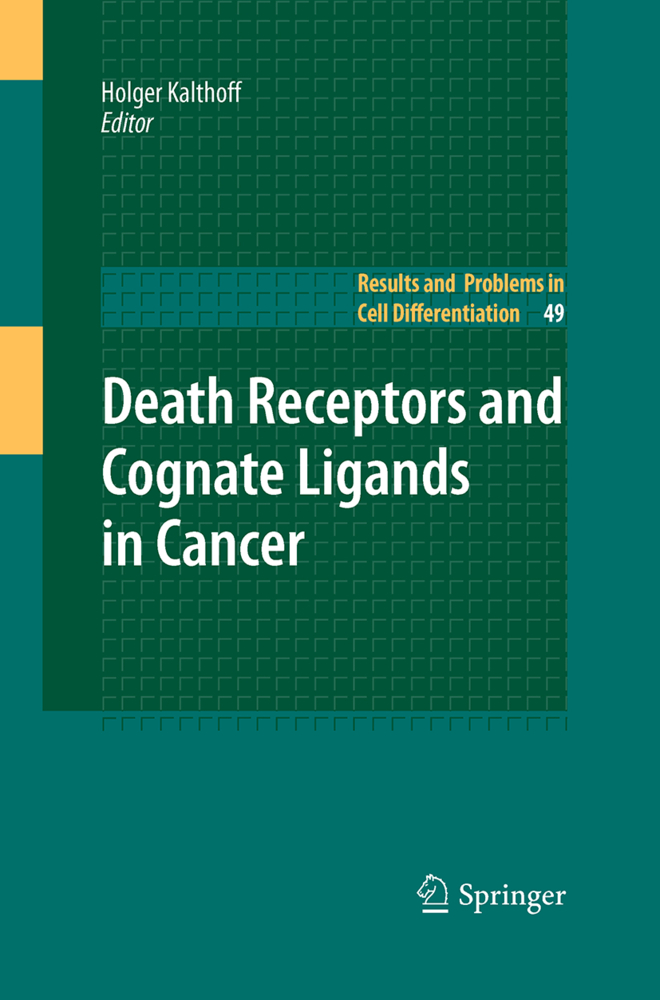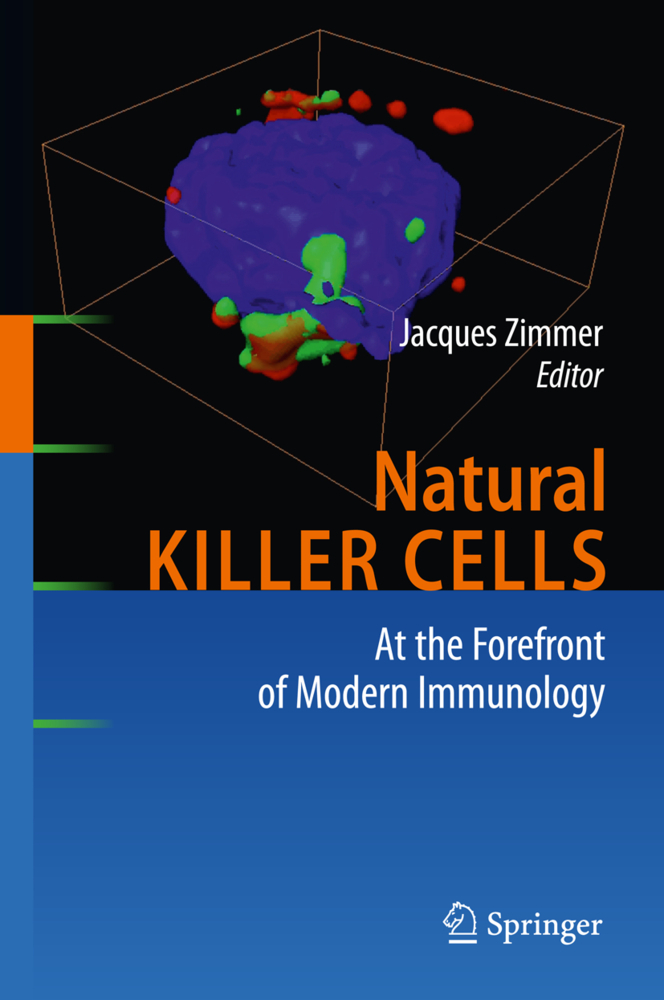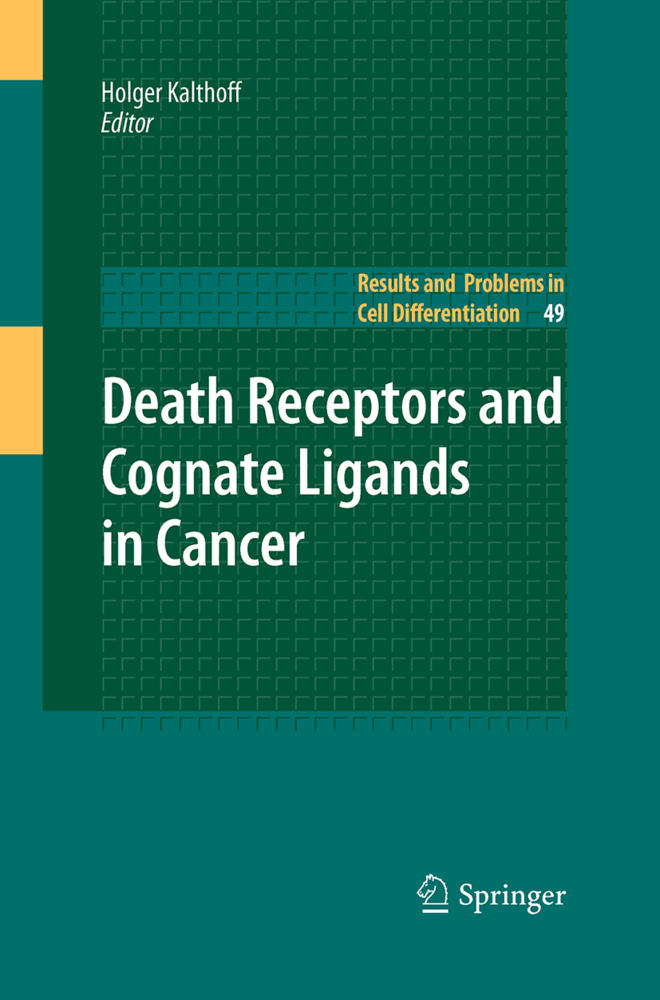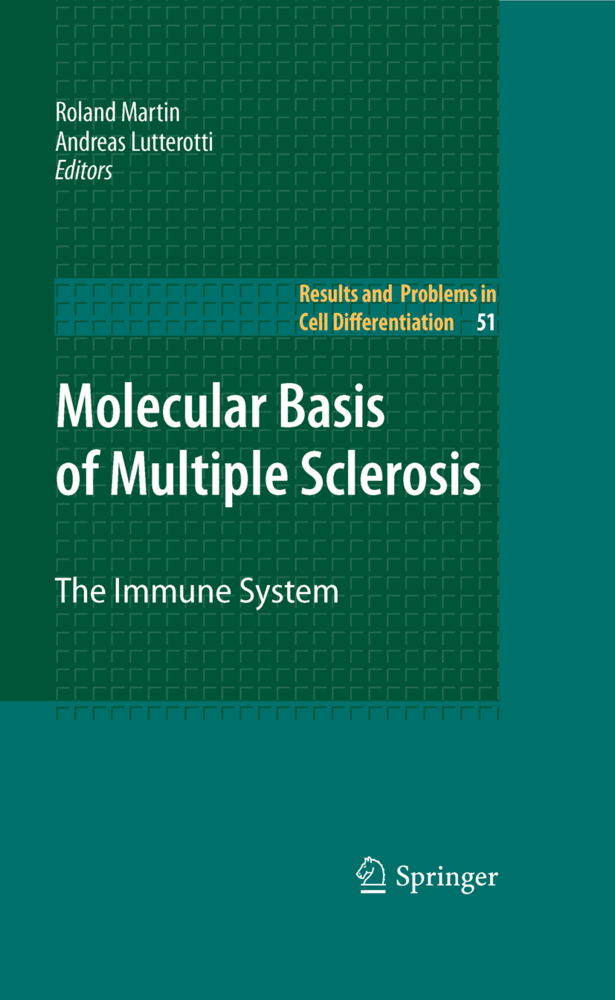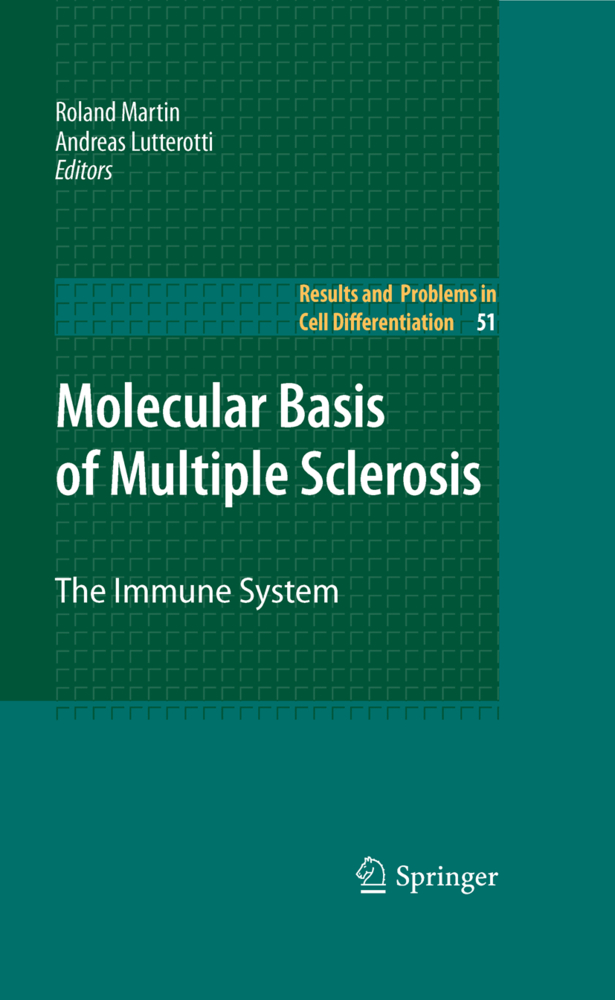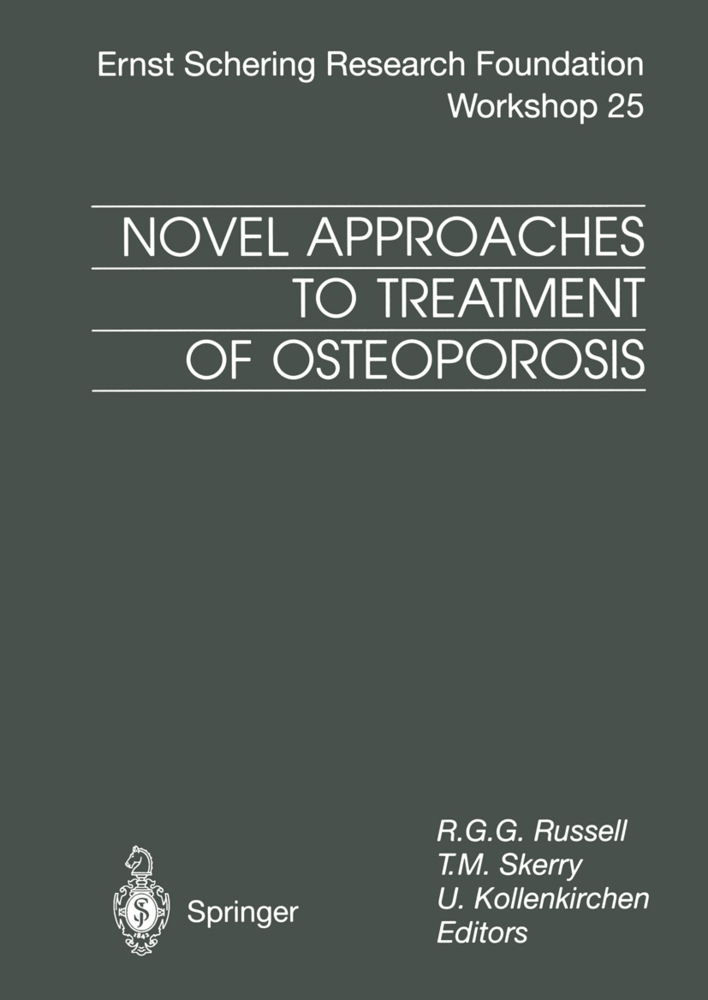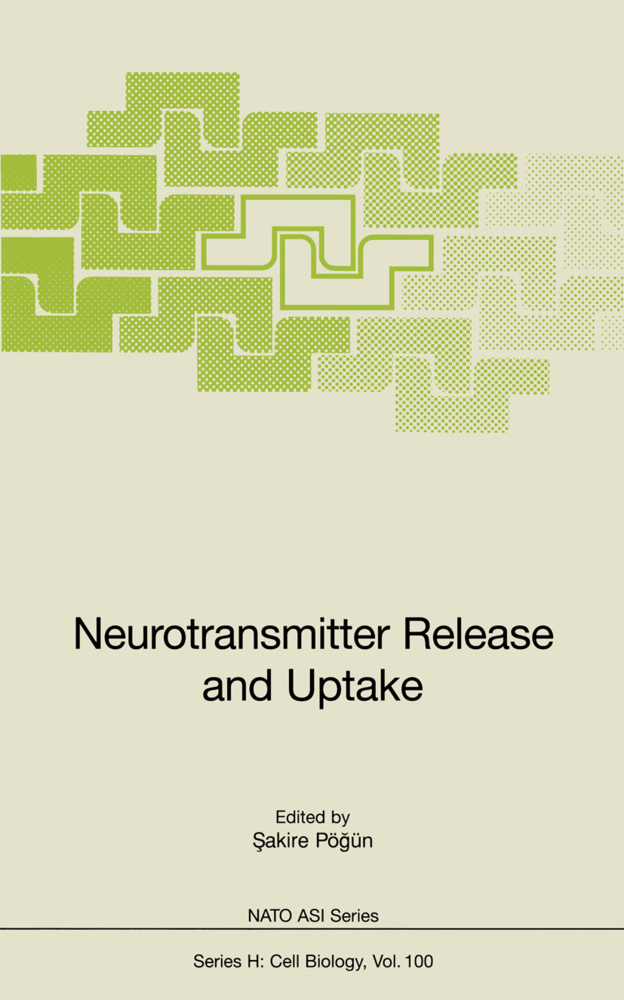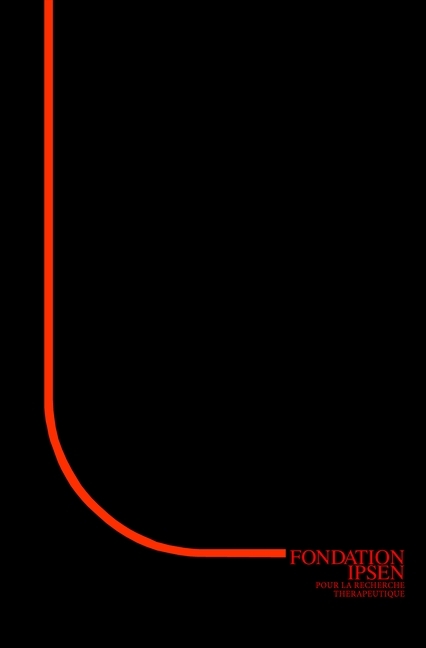Death Receptors and Cognate Ligands in Cancer
Death receptors play a central role in directing apoptosis in mammalian cells. This process of active cell death is important for a number of biological processes, e.g. for the regulation of the immune system. Death receptors are cell surface receptors that transmit apoptotic signals initiated by corresponding death ligands. Many complex signaling pathways are activated and apoptosis is the final result of a complex biochemical cascade of events.
Besides their role in the induction of cell death, evidence now exists that death receptors are able to activate several non-apoptotic signaling pathways which, depending on cellular context, may lead to apoptosis resistance, secretion of pro-inflammatory proteins, proliferation and invasive growth of cancer cells.
This book looks at the molecular basis of death receptor signaling and the role of death receptors in cancer development.
The Role of TNF in Cancer
Many Checkpoints on the Road to Cell Death:Regulation of Fas-FasL Interactions and Fas Signaling in Peripheral Immune ResponsesFasL Expression and Reverse Signalling
Impact of TNF-R1 and CD95 Internalization on Apoptotic and Antiapoptotic Signaling
Ubiquitination and TNFR1 Signaling
From Biochemical Principles of Apoptosis Induction by TRAIL to Application in Tumour Therapy
Therapeutic Targeting of TWEAK/Fn14 in Cancer: Exploiting the Intrinsic Tumor Cell Killing Capacity of the Pathway
APRIL in B-cell Malignancies and Autoimmunity
Autophagy in Cancer and Chemotherapy
Glucocorticoid-Mediated Apoptosis Resistance of Solid Tumors
Targeting Death-Receptors in Radiation Therapy
Death Ligands Designed to Kill: Development and Application of Targeted Cancer Therapeutics Based on Proapoptotic TNF Family Ligands.
Kalthoff, Holger
| ISBN | 978-3-642-03044-4 |
|---|---|
| Artikelnummer | 9783642030444 |
| Medientyp | Buch |
| Copyrightjahr | 2009 |
| Verlag | Springer, Berlin |
| Umfang | XIV, 280 Seiten |
| Abbildungen | XIV, 280 p. 20 illus., 9 illus. in color. |
| Sprache | Englisch |

